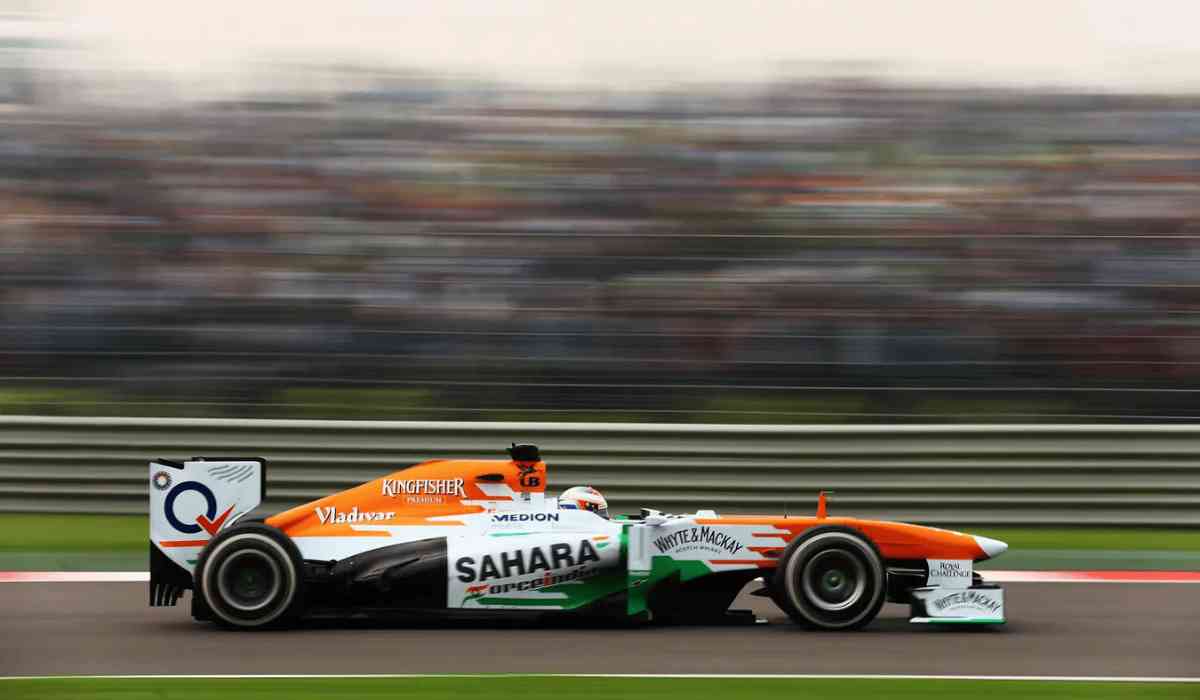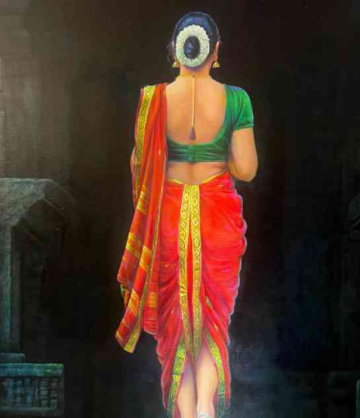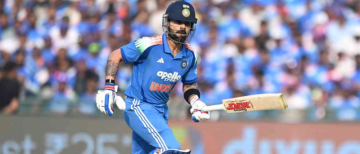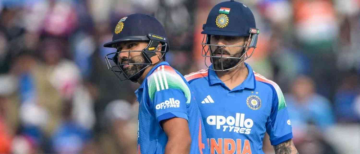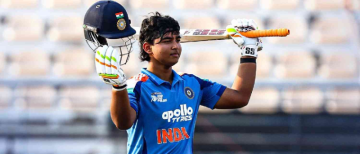The morning of 30 October 2011 was unlike any other in Greater Noida. Thousands had gathered at the International Buddha Circuit to witness India’s first-ever F1 race. As the afternoon wore on and the cheers grew louder, 12 teams and their 24 drivers buckled up for their debut at the Indian Grand Prix. Lewis Hamilton, Fernando Alonso, Sebastian Vettel, and Michael Schumacher were among the drivers on the grid. With 60 laps ahead, the cars rolled onto the track. The lights went out — and with that, began India’s short but spectacular chapter in Formula One history. F1 seemed to have found a permanent home at the Buddha Circuit. The excitement, the rush, the sheer adrenaline kept fans coming back — but only for three years, before it all came crashing down.
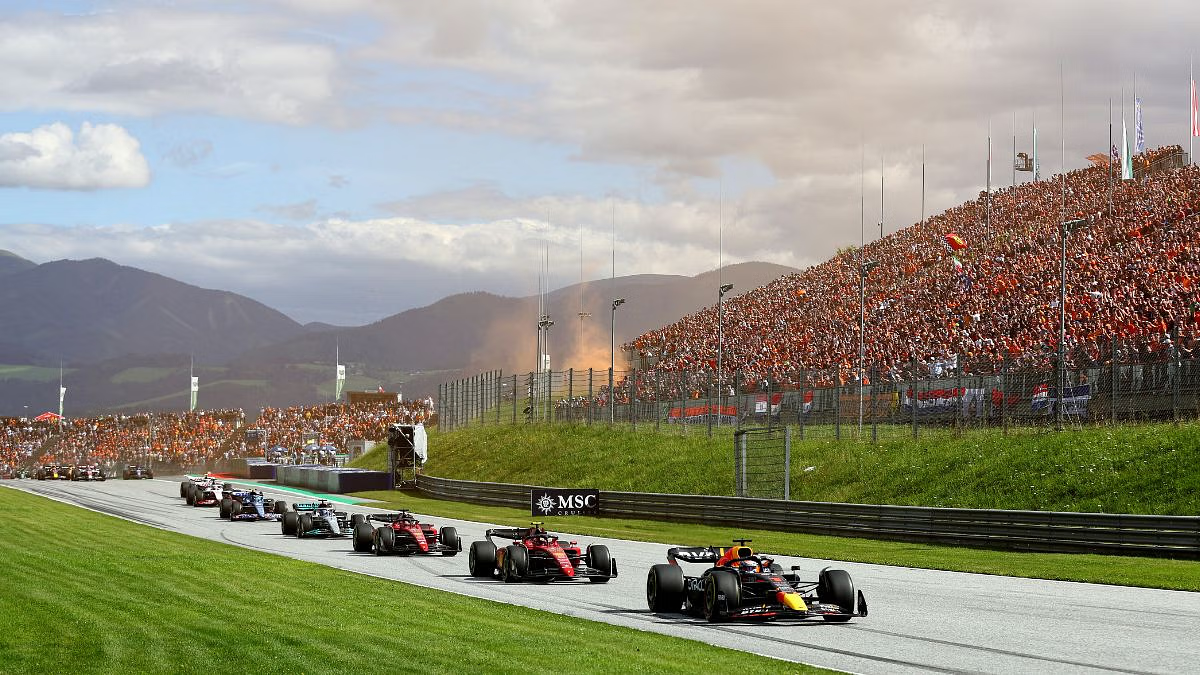
The potential of India’s Buddha Circuit came back into focus only recently, after years of abandonment. The revival of motorsport in India now circles around one lingering question: is it sport, or is it entertainment? That very dilemma became the reason behind F1’s abrupt exit from India — despite a 10-year contract with the Jaypee Group. The 2011 F1 race in India began amid uncertainty. In 2009, the Indian government had already denied permission to the JPFK group to transfer funds to the Formula One administration. The reason behind this, according to the Ministry of Youth Affairs and Sports, was simply that Formula One did not qualify as a sport. The ministry specifically classified it as entertainment or a commercial venture. This decision caused financial instability for the promoters of the Indian Grand Prix.
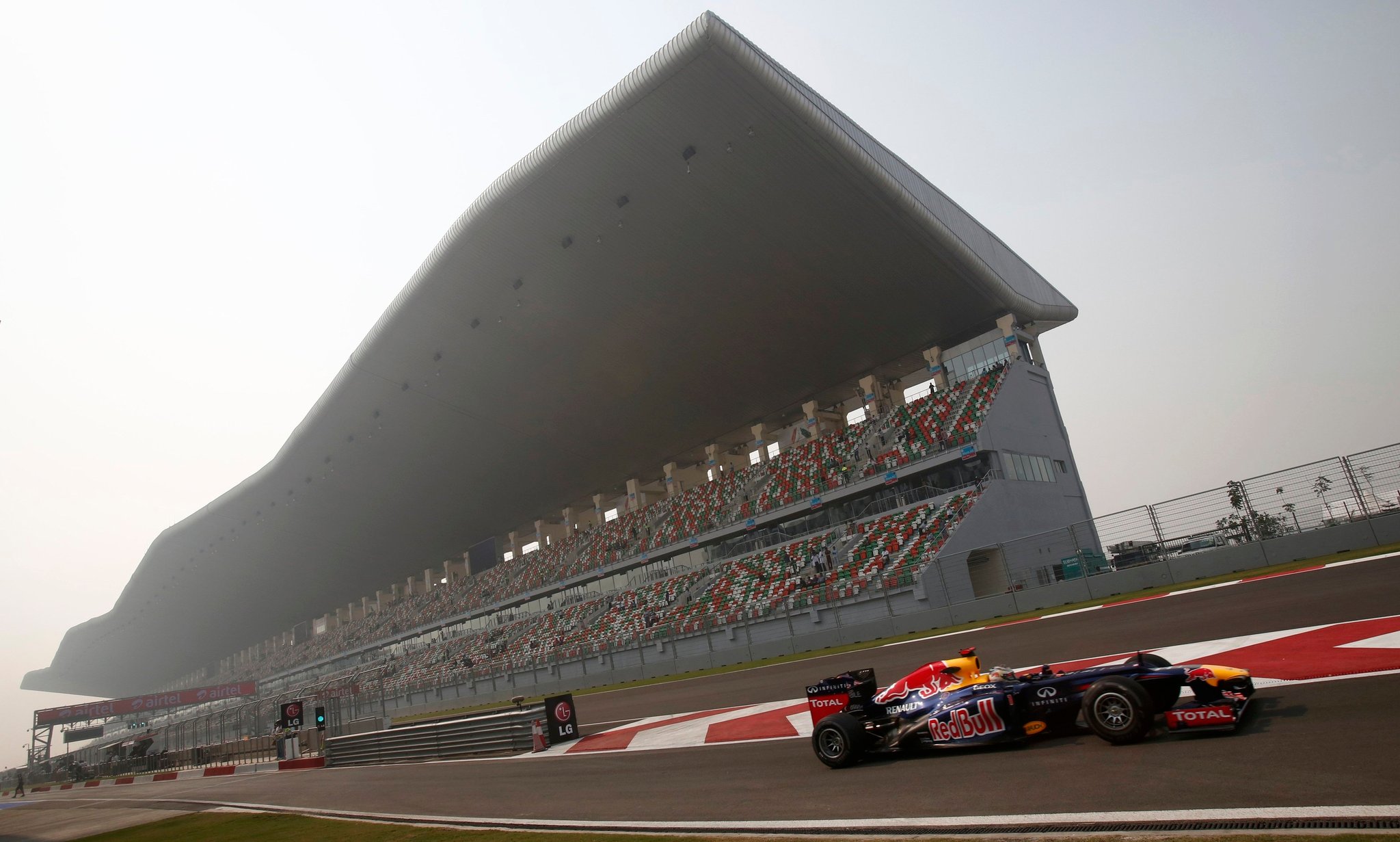
Following this, many opinions emerged in the discourse that motorsports do not contribute to the development of sports in India, while others argued that motorsports should qualify as a sport and receive tax exemptions like other sporting events. The situation spiralled out of control when, in 2011, the Supreme Court of India intervened. The organisers were asked to deposit 25% of ticket revenues separately until there was a decision on entertainment tax exemption. With these obstacles piling up, Formula One soon found it impossible to stay afloat in India’s tough environment. The financial burdens on the organisers, such as entertainment taxes, significantly increased the costs of hosting. Without government recognition as a sport, Formula One entities were not eligible for government funding or support that could have improved the infrastructure of the circuit. All these factors combined resulted in the discontinuation of the Indian Grand Prix after 2013.
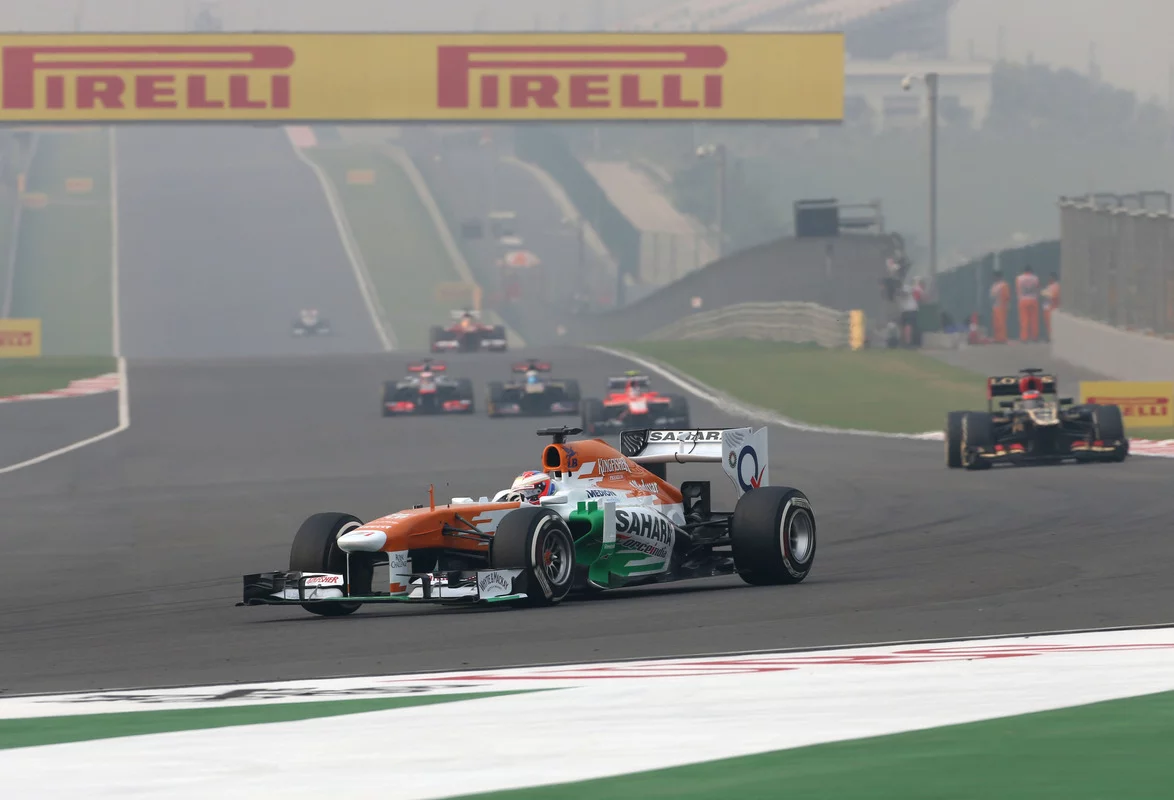
To this day, the growth of motorsports in the country faces countless barriers despite having a strong fan base and talented performers. With infrastructure like the Buddh International Circuit and a population of approximately 144 crores, India could be a major contributor to sports like Formula One. Hosting Formula One events would not only bring global recognition but also provide employment opportunities for the Indian population. Passionate individuals would have a clear pathway to pursue careers in motorsports. Along with that, millions of spectators would generate revenue that could significantly impact India’s economy.
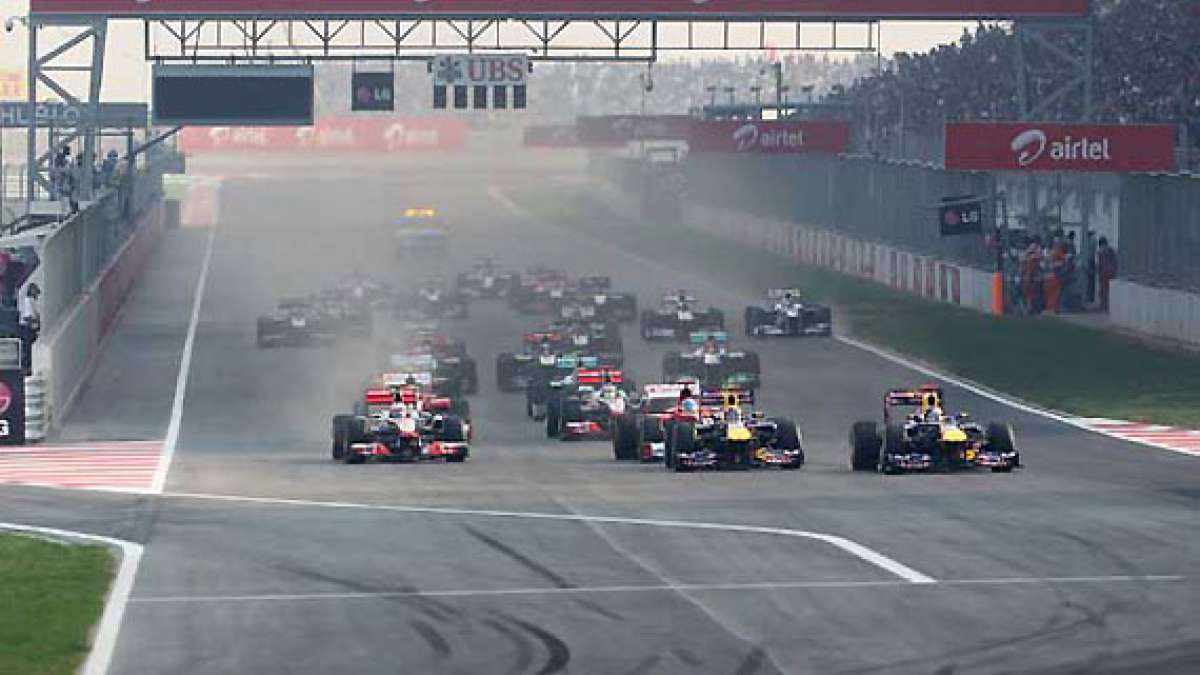
With all these advantages and still no Formula One event in India, it boils down to one simple question: how do we define motorsports in India? When it comes to Formula One, is it simply car racing? The answer is both yes and no. On the surface, yes, it’s about car racing, but when you look deeper, Formula One is all about showcasing the marvels of automotive engineering. With 12 teams competing—not just through individual drivers but through their cars—it clearly demonstrates the potential of automobiles that humans have achieved. Countless modifications are tested in these motorsport events and later applied to manufacturing on a larger scale. This means such events not only encourage participation but also motivate individuals to excel in mechanical engineering. Innovations like paddle shifters, safety cells, and ABS have eventually been transferred to consumer vehicles. This means that motorsports are not only about racing but also about engineering and innovation.
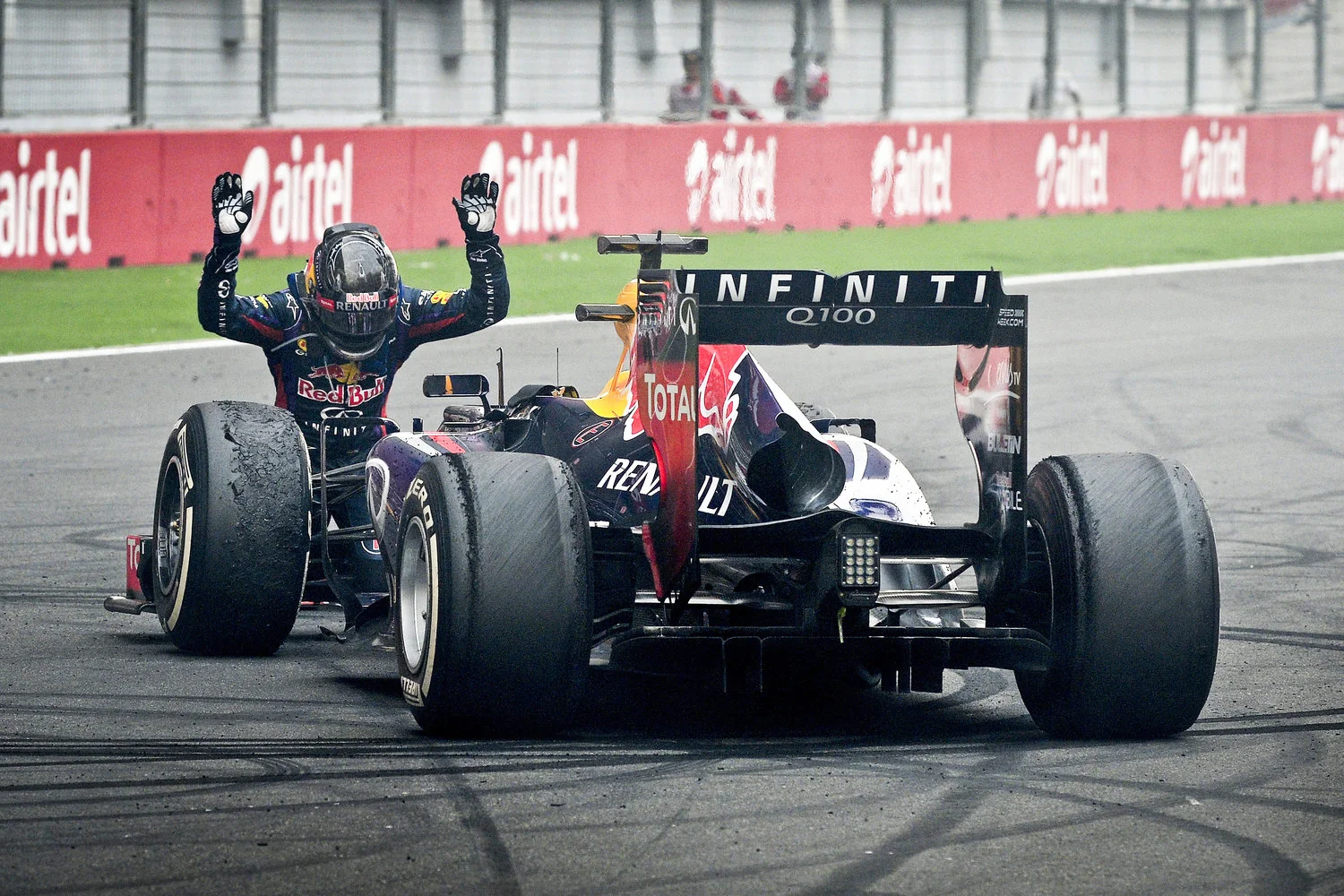
Furthermore, Formula One is a massive media enterprise. These motorsport events have global viewership, which creates roles in communications, public relations, content creation, journalism, and social media. Motorsport is also a major business event. Formula One includes marketing, sponsorships, and brand partnerships, which require professionals in logistics and operations management, generating employment. It is also about business and sponsorship, which help drive economic growth. Overall, considering motorsport merely as entertainment does not justify its entire ecosystem. Motorsports is a hub for innovation, engineering, science, media, and strategy. It is a spectacle far larger and richer than simply machines racing. More than 2.5 lakh students graduate each year in mechanical engineering, and as of 2025, India boasts over 300 active motorsport drivers. The country is supported by a growing network of car and motorcycle racing academies that nurture emerging talent. This combination of skilled individuals and solid infrastructure shows that India is more than ready for big motorsport events like Formula One. What remains is the crucial step of policy reform and government support—steps that could elevate India’s presence on the global sports stage and truly showcase the immense talent the nation produces.
Written by: Lavanya Upadhyay
Views expressed in the above piece are personal and solely those of the author. They do not necessarily reflect Vygr’s views.
© Copyright 2025. All Rights Reserved Powered by Vygr Media.

